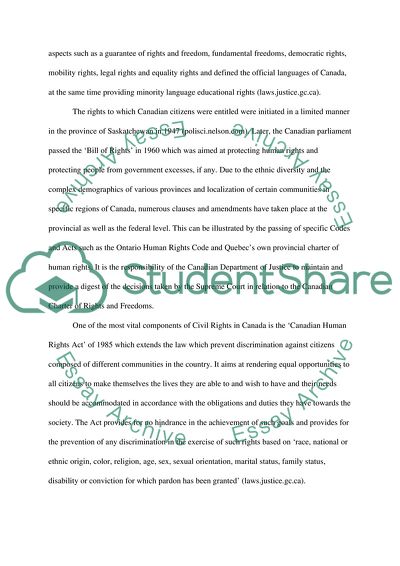Cite this document
(“Civil Rights in Canada Research Paper Example | Topics and Well Written Essays - 1000 words”, n.d.)
Retrieved from https://studentshare.org/law/1555090-name-of-the-issue-youre-going-to-choose
Retrieved from https://studentshare.org/law/1555090-name-of-the-issue-youre-going-to-choose
(Civil Rights in Canada Research Paper Example | Topics and Well Written Essays - 1000 Words)
https://studentshare.org/law/1555090-name-of-the-issue-youre-going-to-choose.
https://studentshare.org/law/1555090-name-of-the-issue-youre-going-to-choose.
“Civil Rights in Canada Research Paper Example | Topics and Well Written Essays - 1000 Words”, n.d. https://studentshare.org/law/1555090-name-of-the-issue-youre-going-to-choose.


